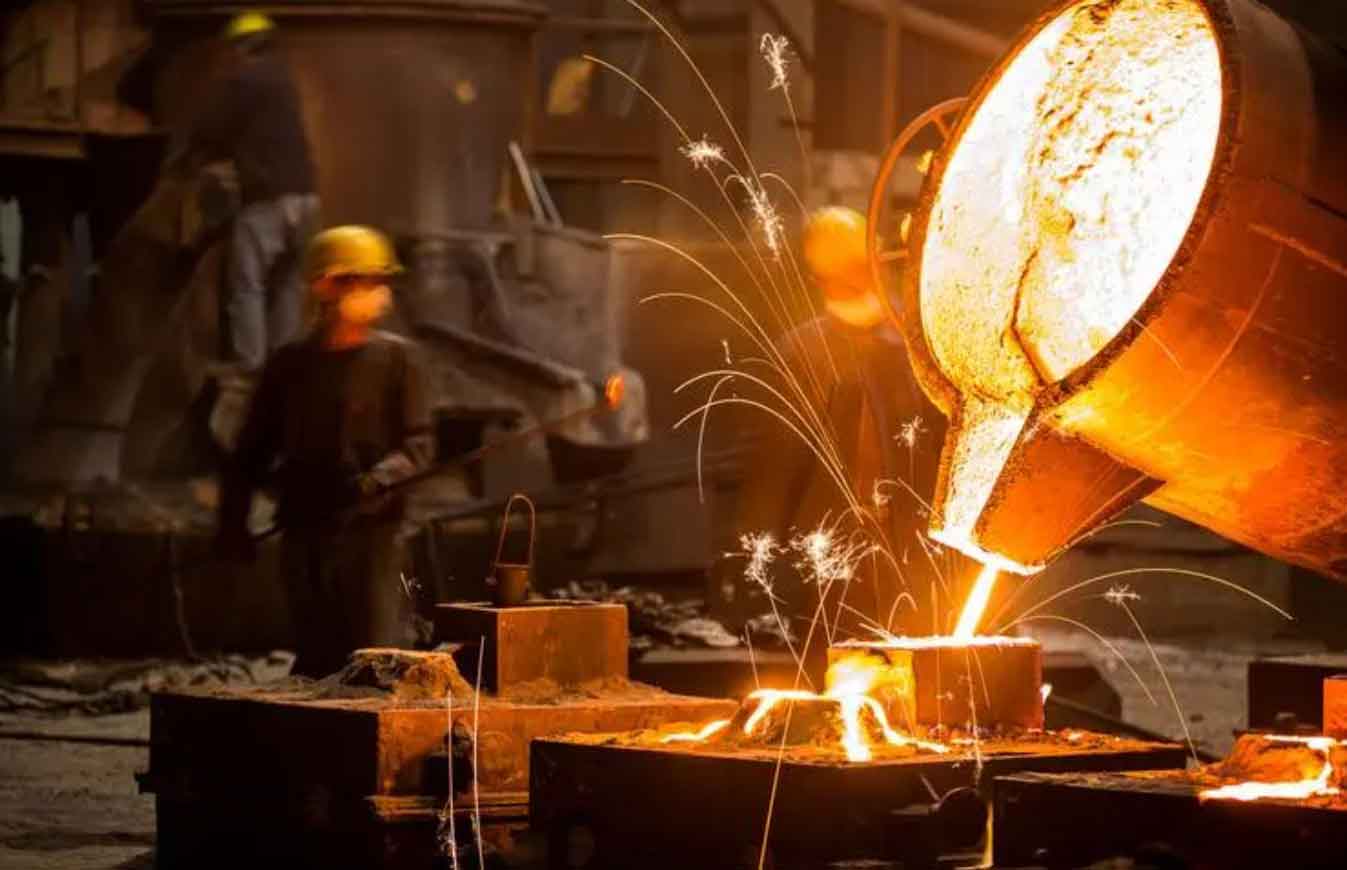As castings manufacturers, we face mounting pressure to reduce environmental impact while maintaining production efficiency. At Waupaca Foundry, our journey toward sustainability has been recognized through multiple awards, including the 2023 Green Foundry Award from the American Foundry Society (AFS). This marks our second consecutive year receiving this honor, validating our commitment to sustainable manufacturing. Since 2014, we’ve adhered to Global Reporting Initiative (GRI) standards, becoming the first independent U.S. iron casting supplier to publish comprehensive sustainability reports for stakeholders.
Our cross-functional sustainability team drives environmental, social, and governance (ESG) initiatives targeting a 25% reduction in greenhouse gas (GHG) emissions by 2030. Key achievements include:
| Year | Milestone | Impact |
|---|---|---|
| 2001 | ISO 14001 Certification | Established environmental management framework |
| 2009 | DOE Better Plants Initiative | 25% energy intensity reduction commitment |
| 2014 | GHG Accounting System | Baseline emissions measurement |
| 2016 | ISO 50001 Certification | Energy management system implementation |
| 2022 | DOE Better Climate Challenge | 25% GHG reduction target by 2030 |
Material efficiency remains critical for castings manufacturers. We cast 85% of iron using recycled materials and annually repurpose 450,000 tons of foundry byproducts. Our energy projects—like dehumidification systems and air compressor optimizations—demonstrate how environmental initiatives enhance profitability. As CEO Mike Nikolai explains: “Our green initiatives help customers achieve their decarbonization goals through supply chain partnerships.” Bosch Rexroth and Kawasaki have recognized these efforts, ranking us among top sustainable suppliers globally.
The foundry industry’s sustainability equation must account for sand consumption—a significant cost factor often overlooked. While sand appears abundant, premium foundry-grade sand constitutes 60-70% of total molding material costs. The consumption relationship is expressed as:
$$ C_s = \frac{V_c \times \rho_s \times (1 – R_r)}{Y} $$
Where \(C_s\) = annual sand cost ($), \(V_c\) = annual casting volume (tons), \(\rho_s\) = sand-to-metal ratio (typically 5:1 to 10:1), \(R_r\) = reclamation rate (%), and \(Y\) = sand yield factor (0.6-0.9). Without reclamation, sand expenses become prohibitive.

Conventional thermal reclamation processes for binder sand face efficiency limitations. Energy requirements for thermal reclamation follow:
$$ E_t = \frac{m_s \times c_s \times \Delta T}{\eta_t} $$
Where \(E_t\) = energy input (kWh), \(m_s\) = sand mass (kg), \(c_s\) = specific heat of sand (0.8 kJ/kg·K), \(\Delta T\) = temperature rise (typically 700°C), and \(\eta_t\) = thermal efficiency (0.4-0.6). This explains why traditional methods recover only 70-80% of sand with high carbon intensity.
FSP’s wet reclamation technology revolutionizes sand recovery for castings manufacturers using inorganic binders like sodium silicate (water glass). This closed-loop system achieves 98% contaminant removal while consuming minimal resources:
| Parameter | Wet Reclamation | Thermal Reclamation |
|---|---|---|
| Energy Consumption | 15 kWh/ton | 80-120 kWh/ton |
| Water Usage | 12 liters/ton | 0 liters/ton |
| Fine Grain Loss | < 0.3% | 3-5% |
| Reclamation Rate | 95% | 70-80% |
| Dust Emissions | Near-zero | Significant |
The process leverages phase-change thermodynamics for energy recovery. The energy balance equation demonstrates its efficiency:
$$ Q_{evap} = m_w \times h_{fg} $$
$$ Q_{recovered} = \eta_c \times Q_{cond} $$
$$ \eta_{system} = \frac{Q_{recovered}}{Q_{evap}} \times 100\% = 95\% $$
Where \(Q_{evap}\) = evaporation energy, \(m_w\) = water mass, \(h_{fg}\) = latent heat of vaporization (2260 kJ/kg), \(\eta_c\) = condensation recovery efficiency (0.97), and \(Q_{cond}\) = condensation energy. This near-neutral carbon process enables castings manufacturers to reduce new sand purchases by 95% while producing reclaimed sand with mechanical properties matching virgin material.
For castings manufacturers committed to sustainability, integrated strategies must combine energy efficiency, material circularity, and transparent reporting. Our GHG reduction roadmap employs this decoupling formula:
$$ \Delta GHG = \left[ \left( \frac{E_p}{E_{p0}} \times \frac{C_f}{C_{f0}} \right) – \left( \frac{S_r}{S_{r0}} \times \frac{M_r}{M_{r0}} \right) \right] \times GHG_0 $$
Where \(\Delta GHG\) = change in emissions, \(E_p\) = energy productivity, \(C_f\) = carbon fuel intensity, \(S_r\) = sand reclamation rate, \(M_r\) = metal recycle ratio, and subscript 0 denotes baseline values. Through such methodologies, foundries can achieve the triple win of operational efficiency, environmental stewardship, and customer satisfaction—proving that sustainable manufacturing is the core of modern foundry operations.
